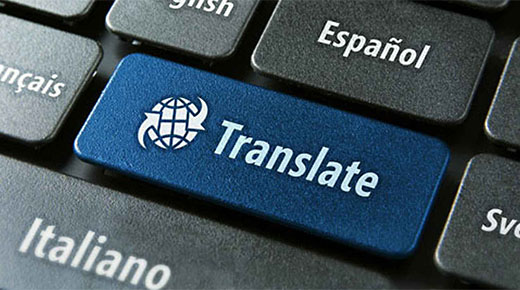Adobe Stock
Why doesn’t machine translation (MT) work for all languages? There are currently more than 7,000 languages worldwide. If each of those had four dialects, that would be more than 28,000 language variances. To offer a perspective, Google can translate 37 languages. If you take into account integrating artificial intelligence (AI) into each of the 7,000+ languages for MT, we are a long way from being able to translate 100 percent by machine, if ever.
|
ADVERTISEMENT |
Before beginning my career in the language service industry, I spent 25 years in global sales and marketing with manufacturers of maintenance, repair, and operations (MRO) equipment. I believed at that time that a Spanish translation meant replacing one English word with the Spanish word of the same meaning; translating was black and white.
…

Add new comment